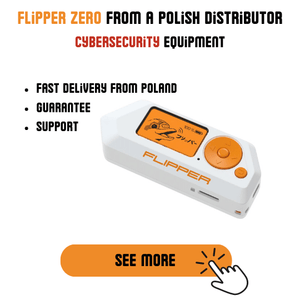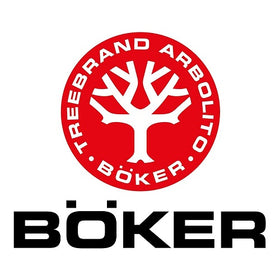
MIFARE and RFID – is there any difference?
The title of this article is a bit tricky, because there are many questions circulating on the Internet about the difference between a MIFARE card and an RFID card . In order to properly answer the question formulated in this way, it is necessary to delve deeper into the topic and explain certain issues. MIFARE, RFID , NFC – what exactly is behind these names and how do these concepts relate to each other? Is NFC RFID ? What are their uses and advantages? Read our post to find out the answers. We invite you to read!
MIFARE vs RFID – card family and technology
The concepts of MIFARE card and RFID are often confused. However, it is worth realizing that MIFARE is simply a specific family of RFID cards, or a contactless card standard developed by Philips (and today by NXP Semiconductors). RFID, on the other hand, is a general term that covers the radio frequency identification technology on which MIFARE cards are based (more detailed information can be found in the SAPSAN blog entry: what is RFID and how does it work ). The MIFARE RFID card operates at a frequency of 13.56 MHz and is often a great replacement for paper tickets, coins and magnetic cards. The MIFARE Classic 1k card model was created in 1994. Three years later, the MIFARE Pro standard was published, and in 1999 users could already test the next edition of MIFARE ProX secured with public key infrastructure (PKI). The MIFARE 4k card standard has been in force since 2002. Additionally, the cards are also available as MIFARE Ultralight, where they take the form of a traditional paper ticket, which reduces production costs. However, more classic forms, such as MIFARE Classic, are used in systems recording working time, user identification (IDs), protected access systems, micropayments and other related systems.
Visit the SAPSAN store and check out the popular category that includes products related to RFID technology .
Is MIFARE NFC?
NO. NFC and MIFARE are contactless technologies that work thanks to RFID. However, they differ in terms of data transmission speed and frequency range . Their security levels are also different. The MIFARE system is certainly less versatile than NFC, because it is mainly used to control access. NFC offers secure transactions and in MIFARE it depends on the card variant, but in MIFARE Classic many security vulnerabilities were discovered. While NFC is compatible with most smartphones, MIFARE requires a special card or key fob.
How to recognize RFID cards?
The appearance of the RFID card is quite characteristic. It is usually a white, smooth card the size of an ATM card or slightly smaller. It does not have a magnetic stripe, nor does it have any electronic chip. However, it may have the manufacturer's or standard's logo (e.g. MIFARE or HID PROXIMITY). It usually has serial or identification numbers printed on the edge. RFID cards are usually made of plastic or other polymeric materials, which makes them very durable and resistant to any mechanical damage. To learn more about cards, also read the SAPSAN blog article: what is an RFID card .
Is NFC RFID?
Yes, NFC is a specialized area in the RFID technology family, operating on the same frequency as some RFID cards (13.56 MHz). However, NFC has additional capabilities, such as two-way communication between devices, in the so-called peer-to-peer mode (because NFC can be both a reader and a tag) and support for mobile applications that are not present in other types of RFID. NFC is used in, among others: in mobile payments and data transmission. To summarize: NFC is a type of RFID technology that offers additional communication functions, and RFID is a broader term that covers various types of radio frequency identification.



